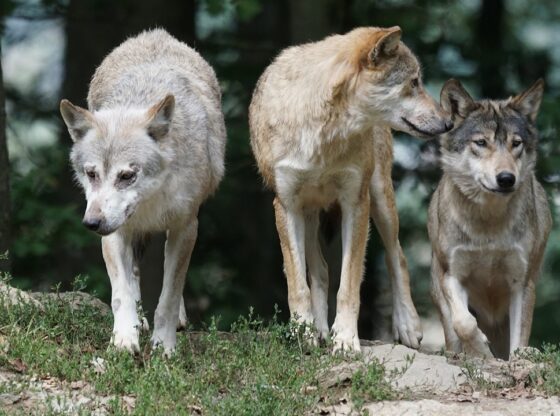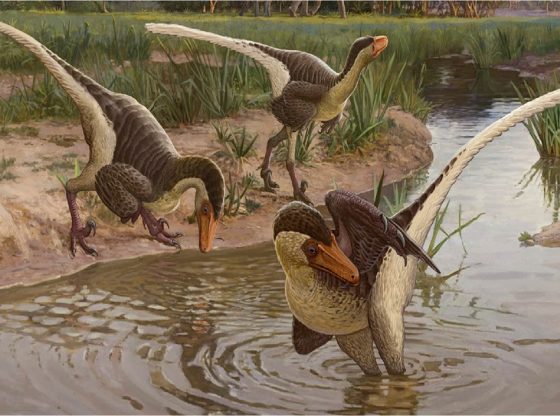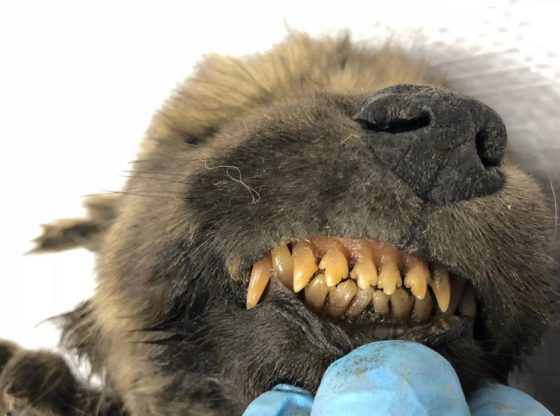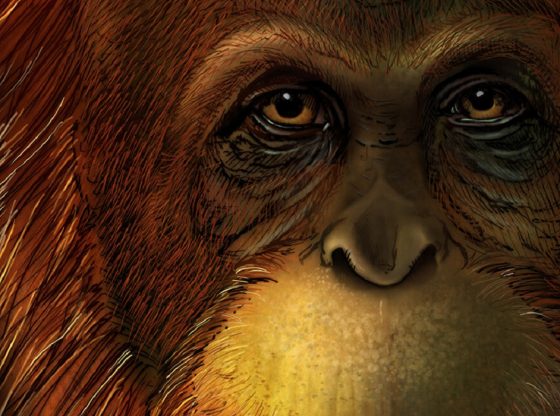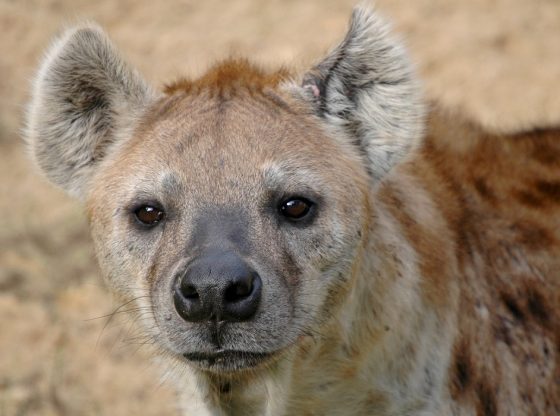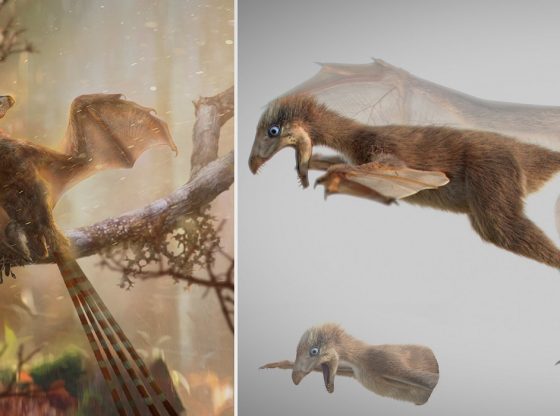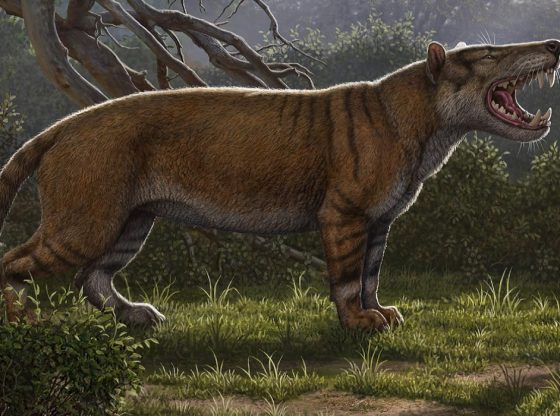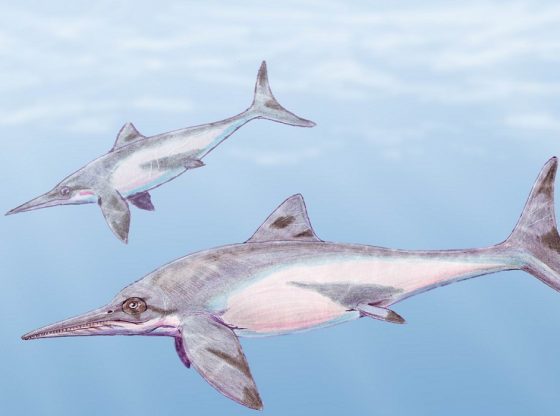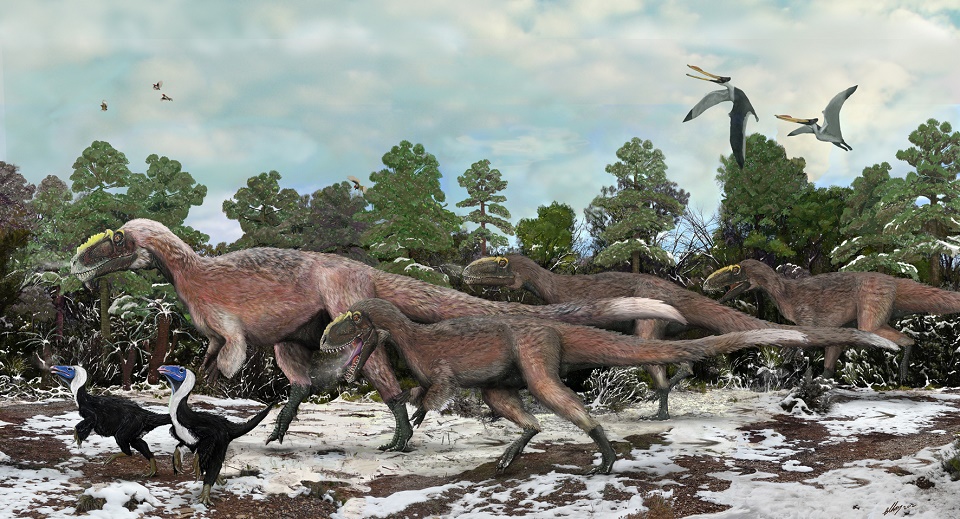
It has been long known that the closest living relatives of dinosaurs are birds. But according to scientists team, it is likely that just as birds, the dinosaurs also had feathers.
It is the hypothesis of a German research that all dinosaurs had some sort of feathered coating. And not just those dinosaurs that flew, or just predatory dinosaurs such as raptors, but all, even the long-headed enormous herbivorous.
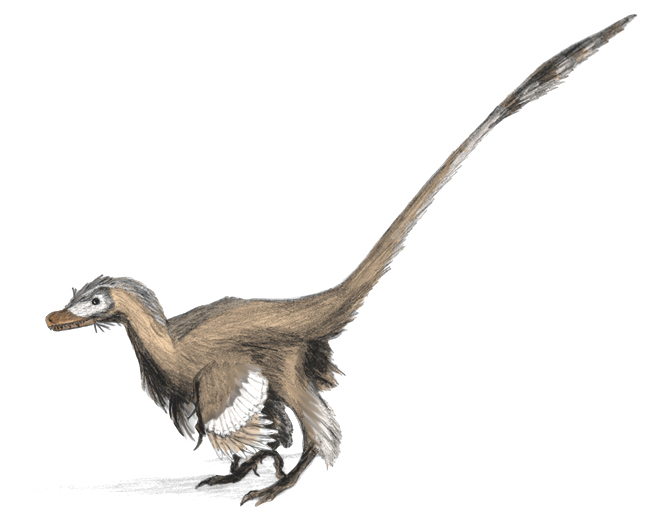
Previous findings of fossils that show feathers have excursively been found in China. And these have all been of the same predatory species of mostly smaller carnivores, which led to the hypothesis that some species of dinosaurs probably had feathers, but not all.
It was thought that T-Rex was too big to have feathers, simply because it would have caused it to overheat.
Feathered Dinosaurs: China and Germany
But two recent discoveries, a dinosaur in Germany and another recent discovery of a new species in China may force us to rethink. Making it more likely that even some of the big dinosaurs like Tyrannosaurus Rex were covered in feathers.
The Chinese discovery was the “Yutarannus huali”, meaning “beautiful feathered tyrant”. A large carnivorous dinosaur, 9 meters (29,5 feet) tall and with a weight of 1,400 kilos (3086 lbs). It was discovered in 2011 and was indeed similar in size and appearance to Tyrannosaurus Rex. But it had feathers, as illustrated in the top picture.
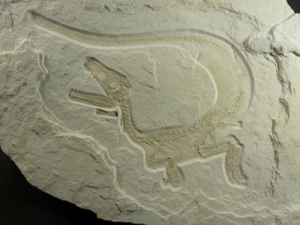
Then some German paleontologists made the discovery of some extremely well-preserved fossil in Bavaria, Germany.
The fossil is from a previously unknown dinosaur species that has been named “Sciurumimus albersdoerferi”. Which partly translates to “squirrel lookalike”, referring to its tail that is much like squirrels. The dinosaur is believed to have been around 2 meters tall (7 feet) and had a relatively long tail. And its entire body was indeed covered in feathers.
All Dinosaurs?
Both these discoveries hints of feathers being more widespread than previously thought. As it is just those very well preserved fossils that still retains the outline of visible feathers.
The German paleontologist Oliver Rauhut said that it is probable that all dinosaurs were covered in some feathers at least at some point in life.
“It was probably so, although they were hardly less dangerous for that. This changes nothing, really, except how we look at them.”
The find was made a couple of years ago in a limestone quarry in Bavaria in southern Germany by a private person but has only now been described scientifically by Oliver Rauhut and his colleagues at the Ludwig Maximilian University in Munich.
The finding is in excellent condition but that was not the most amazing fact, says Oliver Rauhut. But the fact that Sciurumimus was not at all related to the feathered dinosaurs whose fossils have been discovered in recent years, particularly in China. “Rather, it is related to other large carnivorous dinosaurs.”There is no doubt that this megalosauroid is much closer to the trunk of the family tree than the findings in China that are more peripheral than Sciurumimu”. While the fossilized dinosaur was only about 28 inches in length, many adult megalosaurs reached about 20 feet in length and the researchers said this specimen would have likely grown to about that size.
This made Oliver Rauhut and his colleagues believe that in principle all dinosaurs may have had feathers. “Most indications now point to that all dinosaurs had feathers, at least while young. When they got older, maybe they lost it, we do not know.”
The below video by the University of Yale, where scientists were first to reveal flamboyant colors of Dinosaur Feathers.
_______________
Exceptionally preserved juvenile megalosauroid theropod dinosaur with filamentous integument from the Late Jurassic of Germany
A gigantic feathered dinosaur from the Lower Cretaceous of China
______________________________

